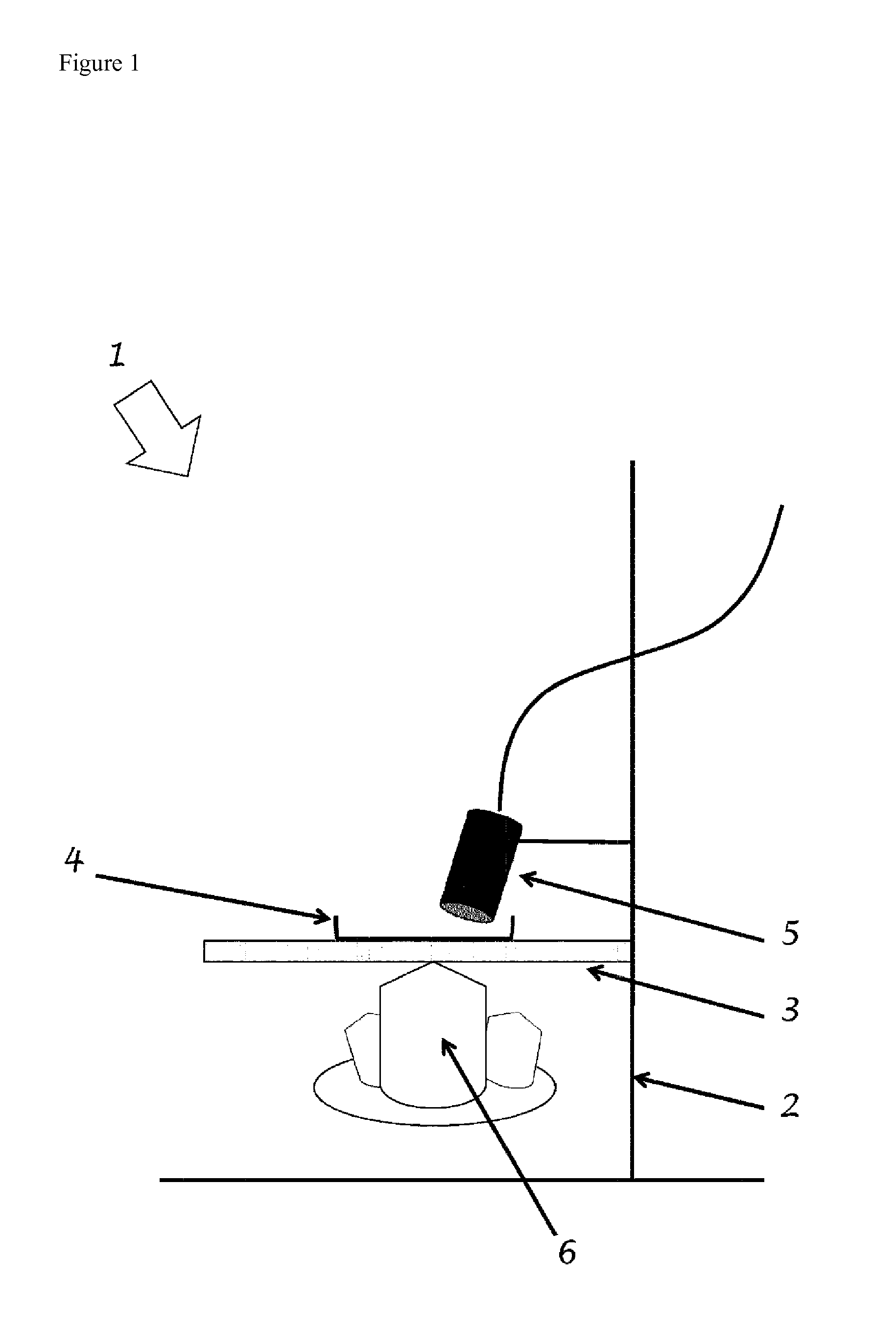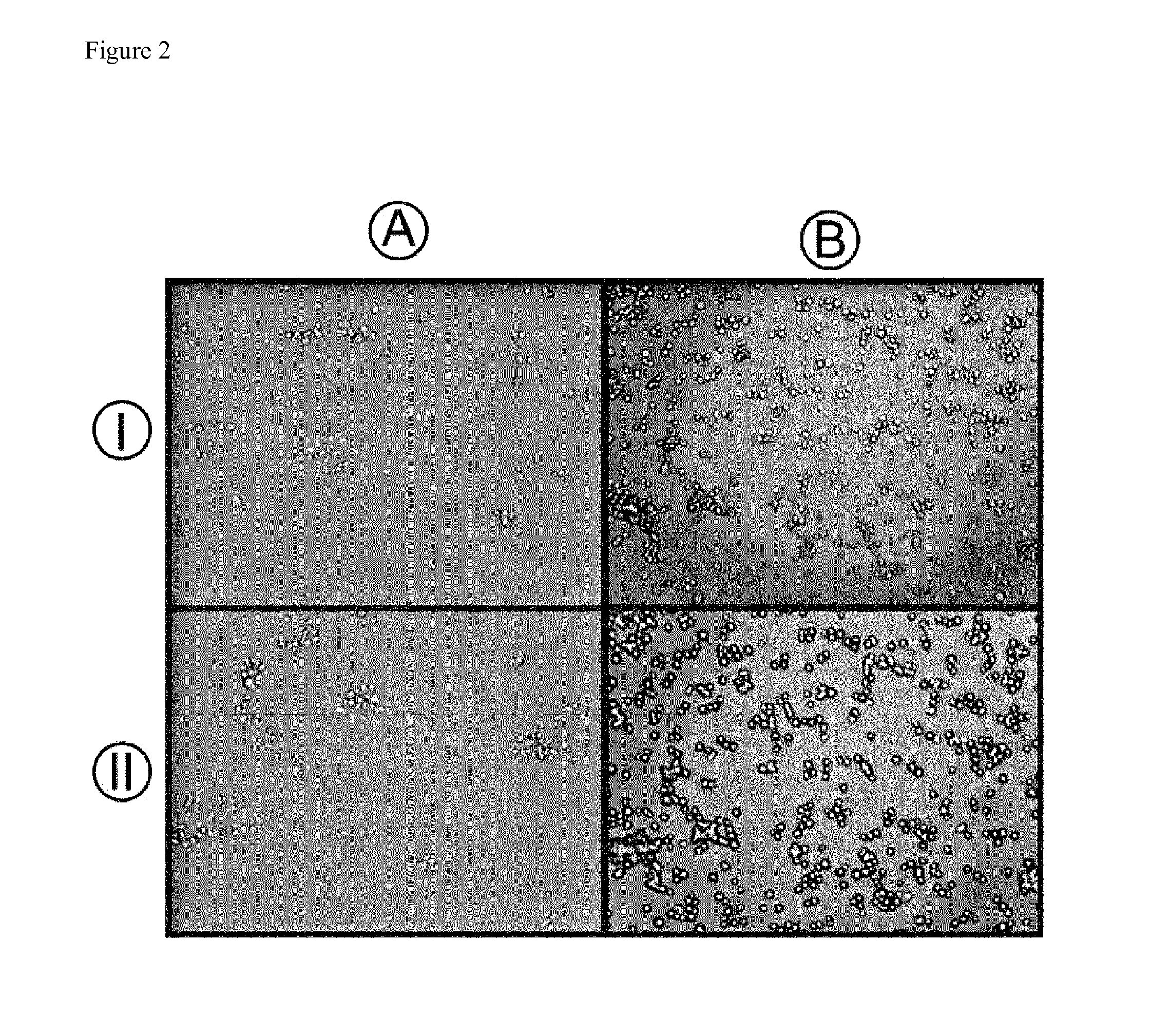Device for the identification, separation and / or cell type-specific manipulation of at least one cell of a cellular system
a cell system and cell type technology, applied in the field of cell type-specific manipulation devices, can solve the problems of inability to distinguish cells from each other, lack of specific antibodies, and high cost of methods, and achieve the effect of quickly and accurately sorting and separating
- Summary
- Abstract
- Description
- Claims
- Application Information
AI Technical Summary
Benefits of technology
Problems solved by technology
Method used
Image
Examples
Embodiment Construction
Definitions
[0055]Microorganism: micro-organisms, microscopic unicellular or multicellular organisms, such as bacteria, protozoa, fungi, yeasts and algae.
[0056]a) mono cell system: Each organic system containing only one type of cell; or
[0057]b) multi-cell system: Each organic system containing more than one type of cell, such as cell cultures or organisms.
Primary cell culture: Not immortalized (i.e., mortal) cell culture, which was obtained directly from a tissue.
Ultrasound transmitter: A component which generates acoustic signals in the ultrasonic range.
Sonopulation: alteration or manipulation of cells by sonic (acoustic waves).
Cell type: Cells which perform the same function in an organism. Therefore, they are also similar mostly in their appearance, their structure and their internal structure, and intracellular signalling. However, individual protozoa can be seen as a special type of cell.
The terms “cell” and “cellular” may be used interchangeably herein.
LIST OF REFE...
PUM
| Property | Measurement | Unit |
|---|---|---|
| frequency | aaaaa | aaaaa |
| frequency | aaaaa | aaaaa |
| diameter | aaaaa | aaaaa |
Abstract
Description
Claims
Application Information
 Login to View More
Login to View More - R&D
- Intellectual Property
- Life Sciences
- Materials
- Tech Scout
- Unparalleled Data Quality
- Higher Quality Content
- 60% Fewer Hallucinations
Browse by: Latest US Patents, China's latest patents, Technical Efficacy Thesaurus, Application Domain, Technology Topic, Popular Technical Reports.
© 2025 PatSnap. All rights reserved.Legal|Privacy policy|Modern Slavery Act Transparency Statement|Sitemap|About US| Contact US: help@patsnap.com


